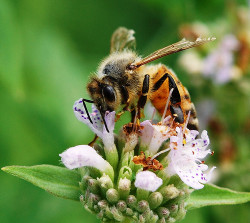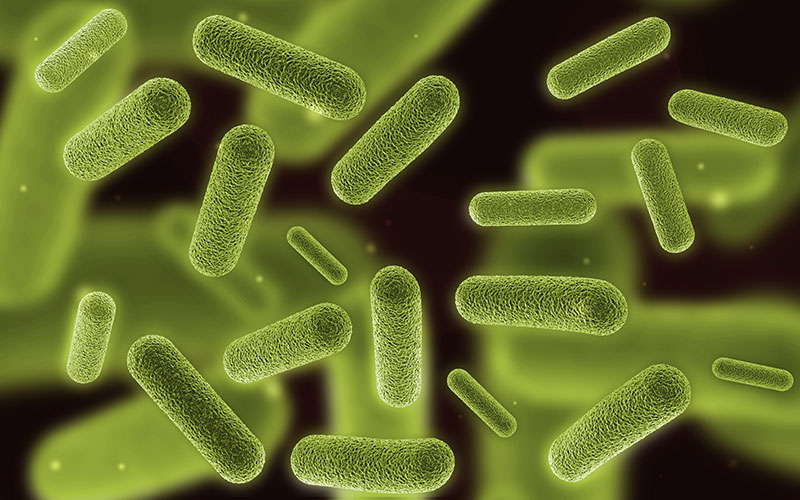Monsanto Announces New Initiative on Honey Bee Health

Normal
0
false
false
false
EN-US
X-NONE
X-NONE
/* Style Definitions */
table.MsoNormalTable
{mso-style-name:”Table Normal”;
mso-tstyle-rowband-size:0;
mso-tstyle-colband-size:0;
mso-style-noshow:yes;
mso-style-priority:99;
mso-style-parent:””;
mso-padding-alt:0in 5.4pt 0in 5.4pt;
mso-para-margin-top:0in;
mso-para-margin-right:0in;
mso-para-margin-bottom:10.0pt;
mso-para-margin-left:0in;
line-height:115%;
mso-pagination:widow-orphan;
font-size:11.0pt;
font-family:”Calibri”,”sans-serif”;
mso-ascii-font-family:Calibri;
mso-ascii-theme-font:minor-latin;
mso-hansi-font-family:Calibri;
mso-hansi-theme-font:minor-latin;
mso-bidi-font-family:”Times New Roman”;
mso-bidi-theme-font:minor-bidi;}
Monsanto recently announced its commitment to honey bee health at the 2013 Clinton Global Initiative Annual Meeting with support from the Keystone Center, American Honey Producers Association, American Beekeeping Federation, World Wildlife Fund, Project Apis m. (PAm), and commodity groups. The multi-stakeholder coalition will include individuals involved in honey bee health as well as new stakeholders, which include agriculture commodity groups, industry groups, government agencies, environmental NGOs and agriculture companies, all focused on improving honey bee health.
The coalition will have four priority areas of focus:
1) improving honey bee nutrition;
2) providing research investment in novel technology for varroa and virus control;
3) understanding science based approaches to studying pesticide impacts on honey bees and increasing awareness of pesticide best management practices among growers and beekeepers; and
4) enabling economic empowerment of beekeepers.
“One-third of our diet is made up of vegetables, fruits and nuts that depend on pollinators like honey bees,” said Jerry Hayes, Monsanto’s commercial bee health lead. “Honey bees play an essential role in ensuring crop yields – a critical need for global food security. The coalition will take an action oriented approach to improve and sustain honey bee health.”
A significant decline in the honey bee population is posing a threat to agricultural sustainability and food security, as well as to ecosystem health and biodiversity. In the United States, beekeepers have seen an average winter loss of more than 30% of honey bee colonies every year since 2006 as a result of CCD (Colony Collapse Disorder), a phenomenon in which bees disappear abruptly from an otherwise healthy colony. The low survival rate of honey bee colonies is leading to a significant decline in the overall honey bee population. Historically, approximately 6 million colonies existed in the United States; today approximately 2.5 million colonies exist.
Monsanto has been involved with bee research since 2011 when it acquired Beeologics, an organization focused on researching and testing biological products to provide targeted control of pests and diseases in order to provide safe, effective ways to protect the honey bee. Monsanto also has collaborated with PAm to assist in forage projects in order to provide more nutritious food for bees, and is doing extensive research on the varroa mite, which may be one factor in the decline of honey bee health.
Additional information about the challenges facing honey bees and Monsanto’s commitment to improving honey bee health can be found on Monsanto’s honey bee health website.
Normal
0
false
false
false
EN-US
X-NONE
X-NONE
/* Style Definitions */
table.MsoNormalTable
{mso-style-name:”Table Normal”;
mso-tstyle-rowband-size:0;
mso-tstyle-colband-size:0;
mso-style-noshow:yes;
mso-style-priority:99;
mso-style-parent:””;
mso-padding-alt:0in 5.4pt 0in 5.4pt;
mso-para-margin-top:0in;
mso-para-margin-right:0in;
mso-para-margin-bottom:10.0pt;
mso-para-margin-left:0in;
line-height:115%;
mso-pagination:widow-orphan;
font-size:11.0pt;
font-family:”Calibri”,”sans-serif”;
mso-ascii-font-family:Calibri;
mso-ascii-theme-font:minor-latin;
mso-hansi-font-family:Calibri;
mso-hansi-theme-font:minor-latin;
mso-bidi-font-family:”Times New Roman”;
mso-bidi-theme-font:minor-bidi;}





